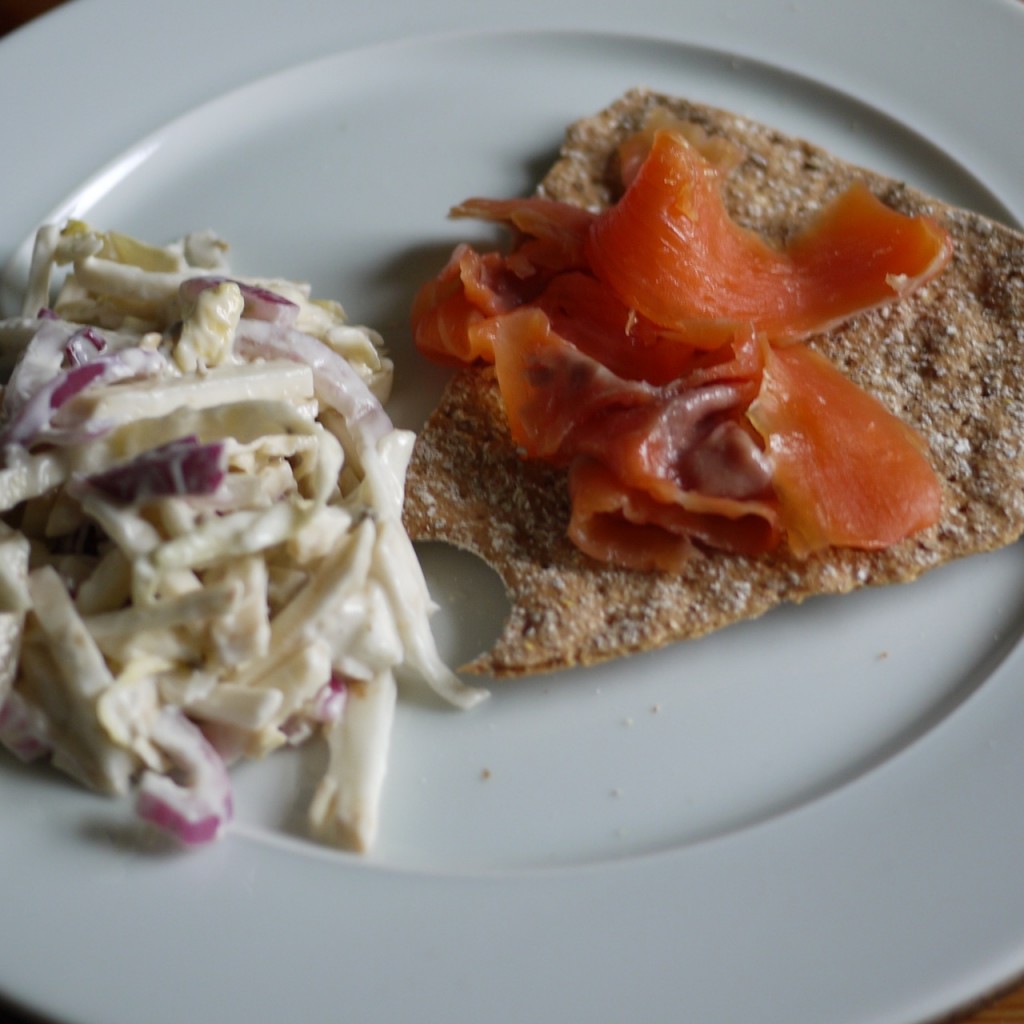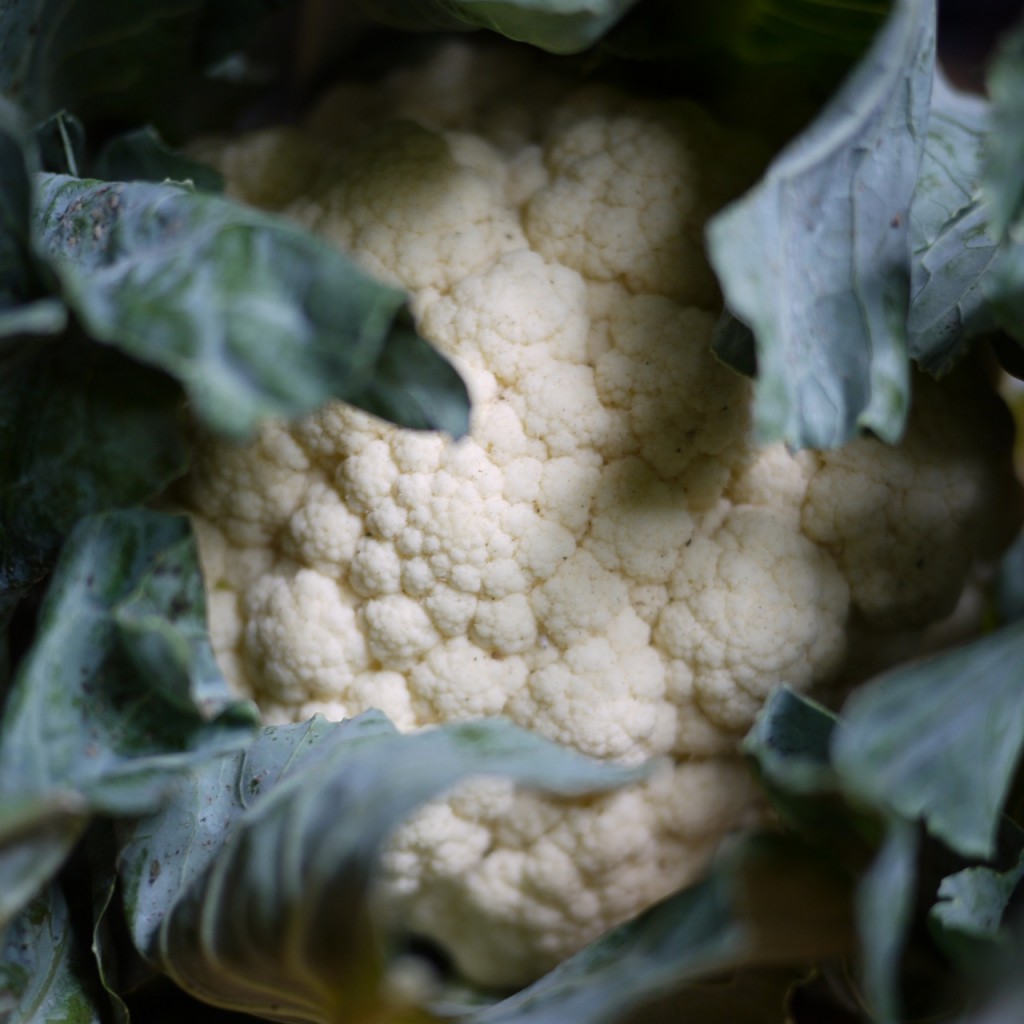It’s taken me a long time to be a fan of coleslaw. Scarred by childhood memories of gloopy overly vinegary stuff from tubs and at the other extreme overly wholesome versions with yoghurt and stale nuts, I’ve always approached the dish with caution. But my husband is a big fan and so I thought ‘how hard can it be’ to make a good version…so I tried.

At first I refused to add any extra vinegar, the recipes got a modest thumbs up but the comments ‘too thick’. Then in summer last year there was a twitter conversation about making slaw with chums @josordoni, @roystonandhayes, @lahoguefarm and @cjmsheng each having their views on essential and optional ingredients. Chris from La Hogue was kind enough to tweet us the version he uses in the cafe (all typos his not mine on this one !):
“Ok our *Coleslaw*-carrot,cabbage,onion,good plain mayonaisse >>then dressing of local honey,lemonjuice,womersley vinegar,wholegrain mustard & olive oil -only use a small amount of dressing ;0)”
So since then I’ve been using that a a basic structure but playing with the mix depending on what’s to hand, what its to be served and what flavours I fancy. I’m an inveterate recipe fiddler. The mix immediately got the thumbs up and each batch seems to have been more winning than the last.
The picture above was made as follows (makes enough for 6):
1/2 head spring cabbage, shredded
1/2 head celeriac, sliced finely
1 red onion sliced finely
125g of Stokes mayonnaise (my current favourite mayo)
1 tbsp coriander seeds lightly crushed
1 tbsp Womersley blackberry vinegar
Mix all the vegetables together, add the mayo and coriander and stir in, leave to stand for 30 mins. Pour over the vinegar and stir through.
We served it with venison burgers the first evening and with smoked salmon and Peters Yard crispbread for a light lunch.
Variations:
cabbage: don’t just stick to the white or red varieties all different sorts will work as will kale or green, you just get a different texture
root veg: carrot is traditional but beetroot is lovely as is parsnip
spices/seasoning: mustard is traditional but I like cumin, chilli, coriander, fennel, onion seeds, poppy seeds depending on what I’m serving it with. Experiment.


